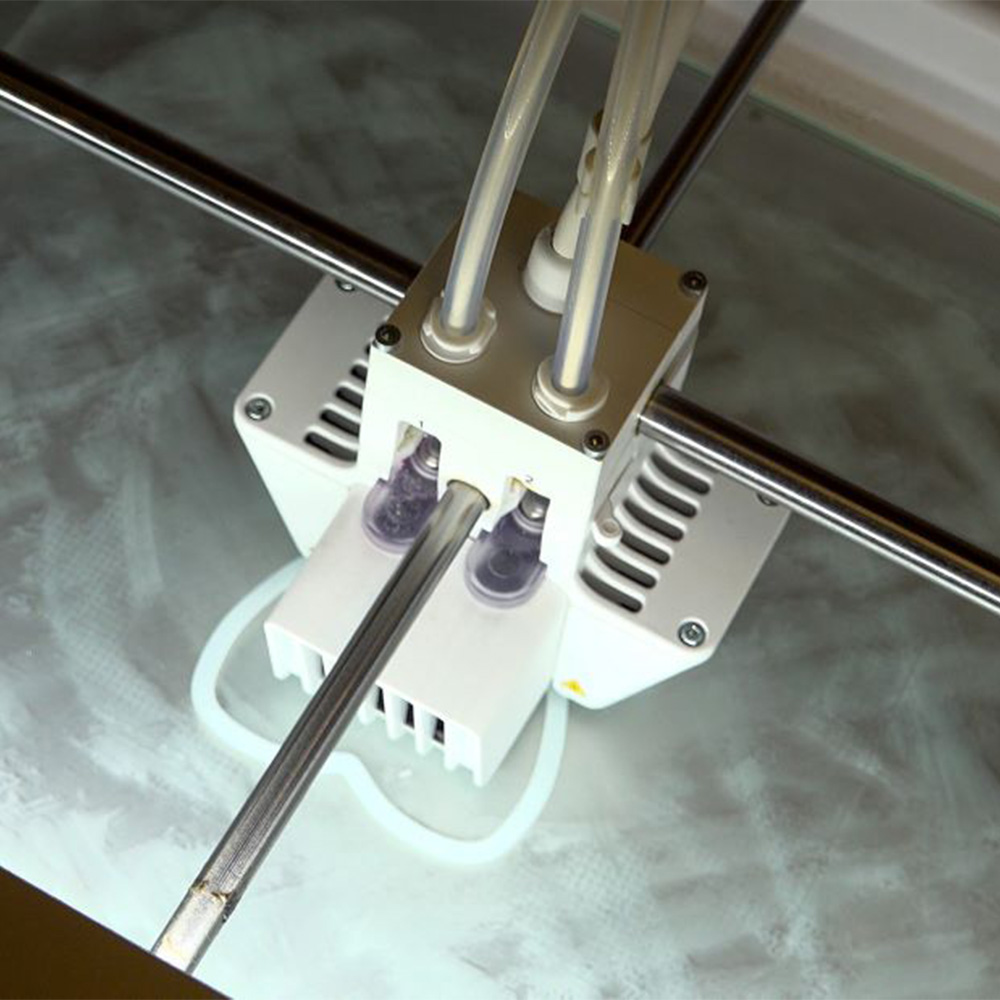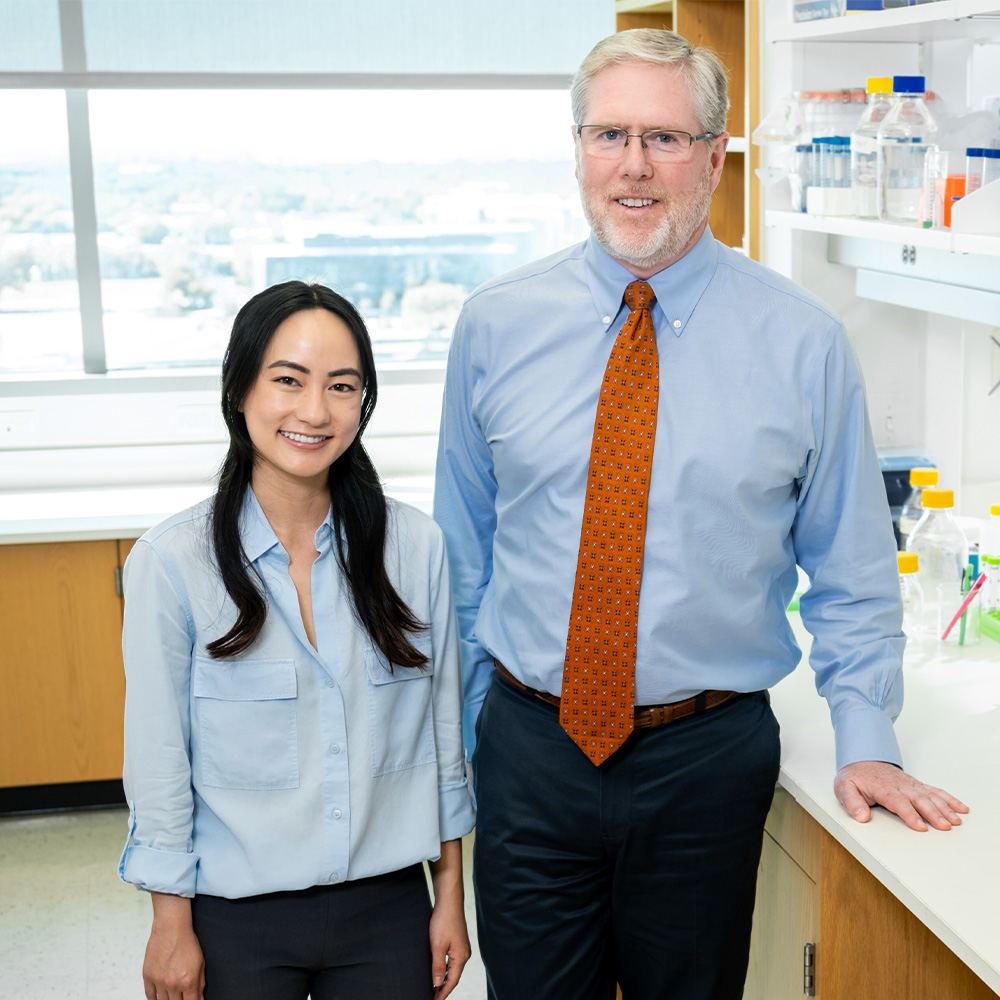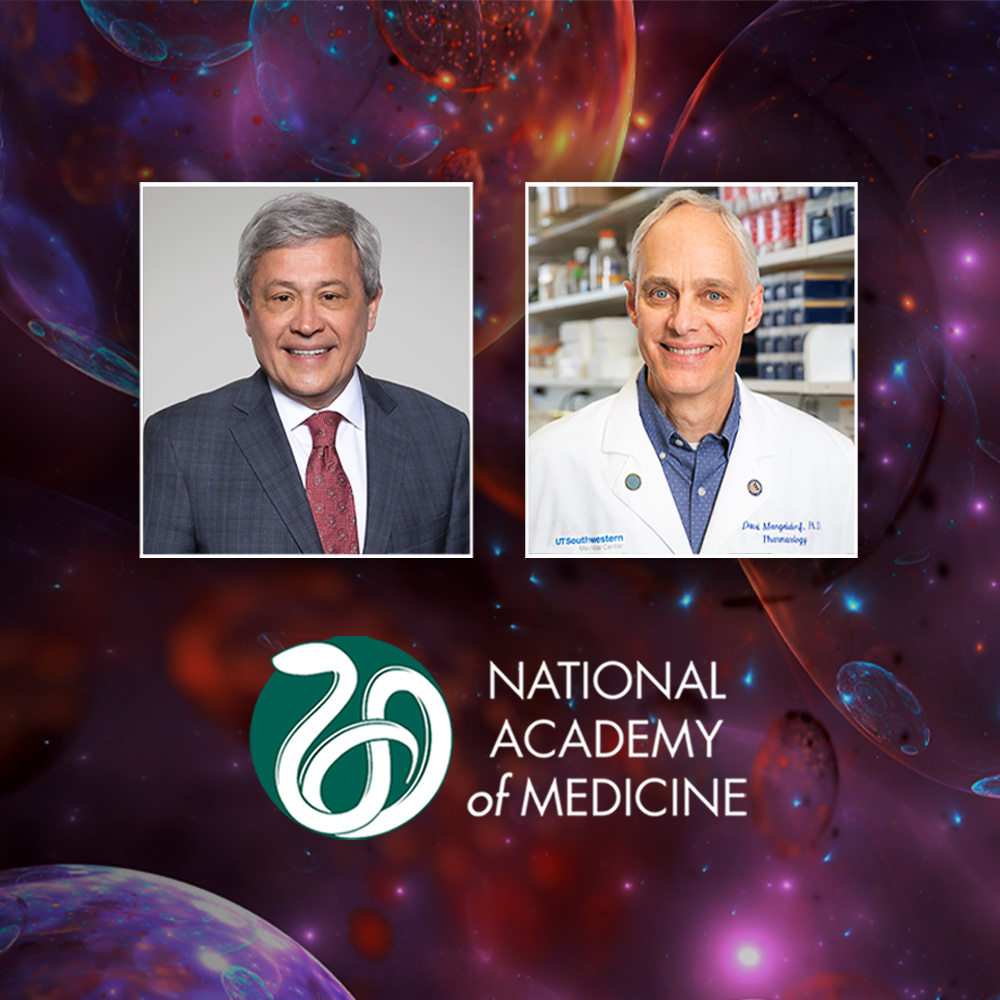Stereotactic partial breast radiation lowers number of treatments to five
DALLAS – May 8, 2017 – UT Southwestern Medical Center researchers found in a recent phase one clinical trial that stereotactic partial breast radiation was as safe as traditional radiation but decreased treatment time from six weeks to just days.
UT Southwestern’s Harold C. Simmons Comprehensive Cancer Center is the only site in Texas and one of a few in the world to offer stereotactic partial breast radiation treatment to early-stage breast cancer patients.
“Standard breast cancer treatments are delivered daily to the entire breast area over three to six weeks. We sought to deliver partial breast radiation in a noninvasive way, using precise image-guided stereotactic radiation,” said Dr. Asal Rahimi, Assistant Professor of Radiation Oncology and first author of the study. “Our trial decreased treatment time to just five treatments delivered every other day.”
Seventy-five patients were studied from 2010-2016, in whom stereotactic partial breast radiation demonstrated both outstanding tumor control and excellent cosmetic results. Patients in the trial had been recently diagnosed with early-stage breast cancer. The study is published in the International Journal of Radiation Oncology, Biology and Physics and was funded by a grant from Accuray, producers of the Cyberknife used to deliver stereotactic partial breast radiation.

One of the trial participants is Dr. Rahimi’s patient Leslie LeBlanc, a dental hygienist and resident of Arlington, Texas. Mrs. LeBlanc was diagnosed with early-stage breast cancer four years ago at age 47. Her daughter had just started college and her son was in high school.
“The same day that I got the diagnosis was mother’s weekend for my daughter at college. I drove straight to Austin and told her the news,” said Mrs. LeBlanc, who recalled the shock of being diagnosed. “It’s like you’re in the eye of a hurricane. Everything is buzzing around you, but you can’t do anything but what they ask you to do, or tell you is the best option.”
While no genetic link has been established, her two sisters had previously been diagnosed with breast cancer, so the family had some experience with the disease. Mrs. LeBlanc was already in a risk assessment program at UT Southwestern and had mammograms and MRIs every six months, which helped catch her disease early.
“It was overwhelming to consider doing several weeks of daily radiation while trying to work fulltime, be with my family, and do everything that I needed to do. This treatment option was so much better. I only missed a few days from work,” said Mrs. LeBlanc, who is looking forward to reaching her 5-year mark as a survivor next year.

“Mrs. LeBlanc is a working woman, a mom, and a wife. She’s a great example of many women that will be impacted by this disease,” said Dr. Rahimi. “We wanted to make this treatment more convenient for patients, because cancer is never convenient.”
The researchers plan continued studies of the partial breast radiation technique.
“As technology improves, we will detect more early-stage breast cancers.” said Dr. Robert Timmerman, Professor of Radiation Oncology and senior author on the study. “Patients with these early cancers might particularly benefit from a local therapy approach that both minimizes the normal tissue exposure while improving the convenience for patients who already lead hectic lives.”
According to the National Cancer Institute, 252,710 women will be diagnosed with breast cancer this year. When breast cancer is found early before it has spread, the patient has an improved chance of surviving five years after being diagnosed. For breast cancer I females, 61.8 percent are diagnosed at the local stage. The 5-year survival for localized breast cancer in women is 98.9 percent.

Stereotactic partial breast radiation is delivered with the latest generation CyberKnife, one of several technologies in UT Southwestern’s newly opened $66 million, 63,000-square-foot Radiation Oncology facility. The new facility houses a comprehensive mix of UT Southwestern’s best cancer treatment technologies and medical expertise under one roof, and has dedicated areas for each major disease site such as brain, breast, and gastrointestinal cancer.
Additional UT Southwestern researchers involved in the study include: Dr. Ann Spangler, Associate Professor of Radiation Oncology; Dr. Roshni Rao, Associate Professor of Surgery; Dr. Marilyn Leitch, Professor of Surgery; Dr. Rachel Wooldridge, Assistant Professor of Surgery; Dr. Aeisha Rivers, Assistant Professor of Surgery; Dr. Stephen Seiler, Assistant Professor of Radiology; Dr. Kevin Albuquerque, Associate Professor of Radiation Oncology; Dr. Sally Goudreau, Professor of Radiology; Dr. Barbara Haley, Professor of Internal Medicine; Dr. David Euhus, (former faculty); Dr. Chuxiong Ding, Associate Professor of Radiation Oncology; and Dr. Chul Ahn, Professor of Clinical Sciences.
Dr. Timmerman holds the Effie Marie Cain Distinguished Chair in Cancer Therapy Research. Dr. Leitch holds the S.T. Harris Family Distinguished Chair in Breast Surgery, in Honor of A. Marilyn Leitch, M.D. Dr. Haley holds the Charles Cameron Sprague, M.D., Chair in Clinical Oncology.
The Harold C. Simmons Comprehensive Cancer Center is the only NCI-designated Comprehensive Cancer Center in North Texas and one of just 47 NCI-designated Comprehensive Cancer Centers in the nation. Simmons Comprehensive Cancer Center includes 13 major cancer care programs. In addition, the Center’s education and training programs support and develop the next generation of cancer researchers and clinicians. Simmons Comprehensive Cancer Center is among only 30 U.S. cancer research centers to be designated by the NCI as a National Clinical Trials Network Lead Academic Participating Site.
About UT Southwestern Medical Center
UT Southwestern, one of the premier academic medical centers in the nation, integrates pioneering biomedical research with exceptional clinical care and education. The institution’s faculty has received six Nobel Prizes, and includes 22 members of the National Academy of Sciences, 18 members of the National Academy of Medicine, and 14 Howard Hughes Medical Institute Investigators. The faculty of more than 2,700 is responsible for groundbreaking medical advances and is committed to translating science-driven research quickly to new clinical treatments. UT Southwestern physicians provide care in about 80 specialties to more than 100,000 hospitalized patients, 600,000 emergency room cases, and oversee approximately 2.2 million outpatient visits a year.
###
Media Contact: Cathy Frisinger
214-648-3404
cathy.frisinger@utsouthwestern.edu
To automatically receive news releases from UT Southwestern via email, subscribe at www.utsouthwestern.edu/receivenews.




